Samsung is preparing to enter the extended reality (XR) market in a big way with a device known as Project Moohan. The headset, developed in partnership with Google and powered by Qualcomm’s latest technology, is expected to compete directly with Apple’s Vision Pro. Designed to combine virtual, augmented, and mixed reality, Moohan could mark a major step forward for both Samsung and the broader XR industry.
Expected Launch and Market Rollout
Industry insiders suggest the official launch will take place in late October, with South Korea likely to be the first market to receive the device before global distribution follows. Samsung reportedly plans an initial production run of about 100,000 units, allowing the company to gauge early consumer demand before ramping up output.
Unlike mass-market devices such as Samsung’s smartphones, Moohan is expected to start as a premium niche product aimed at early adopters, developers, and XR enthusiasts.
Design and Hardware Features
Reports point to several high-end specifications that could set Moohan apart:
- Display Technology: Dual micro-OLED panels with extremely high pixel density—potentially around 3,800 pixels per inch—promising exceptional clarity for both virtual and mixed reality environments.
- Processing Power: Equipped with Qualcomm’s Snapdragon XR2+ Gen 2 chip, optimized for immersive computing and heavy rendering workloads.
- Memory: 16 GB of RAM, ensuring smooth multitasking in demanding XR applications.
- Input and Controls: Advanced interaction methods, including hand gestures, eye-tracking, voice commands, and gaze control. These are designed to make navigation more natural and intuitive.
- Vision Support: Optional prescription lens inserts for users who normally wear glasses, improving accessibility.
- Build and Comfort: Samsung is said to be focusing heavily on weight balance and wearability, key challenges that have plagued earlier XR headsets.
Price Expectations
Project Moohan is likely to sit in the $1,700 to $2,000 range. This would make it far more affordable than Apple’s Vision Pro while still positioning it as a high-end device. Samsung seems to be balancing between accessibility and premium appeal, targeting consumers who want cutting-edge technology without venturing into ultra-luxury pricing.
Key Challenges
While the specs sound promising, Samsung faces several hurdles:
- Content Ecosystem – Even powerful hardware can fall flat without compelling software and apps. Moohan’s success depends on robust partnerships with developers.
- User Comfort – A lightweight, balanced design is essential for extended use. Any missteps in ergonomics could limit adoption.
- Consumer Education – Many people are still unclear about the difference between VR, AR, and XR. Samsung will need to market Moohan not just as a product but as an experience.
- Competition – Apple has already set a high bar with the Vision Pro, and other players like Meta are investing heavily in VR and AR technologies.
Why Project Moohan Matters
The release of Moohan could accelerate XR adoption worldwide. By offering a mix of premium features and relatively more accessible pricing, Samsung may bring immersive computing into greater mainstream awareness. If the device delivers on its promise—high resolution, intuitive controls, and comfort—it could push competitors to innovate further and lower costs across the market.
For Samsung, Moohan is more than just a headset. It represents the company’s attempt to shape the next generation of computing—one where screens aren’t confined to phones or laptops but integrated directly into how we see and interact with the world.
Final Take
Samsung’s Project Moohan has the potential to reshape the XR landscape. With powerful hardware, advanced displays, and strong design ambitions, it looks ready to compete with the most advanced headsets on the market. Yet the ultimate test will be real-world performance: comfort, usability, and the strength of its software ecosystem. If Samsung succeeds, Moohan could be the company’s boldest move since the launch of its first Galaxy smartphone.

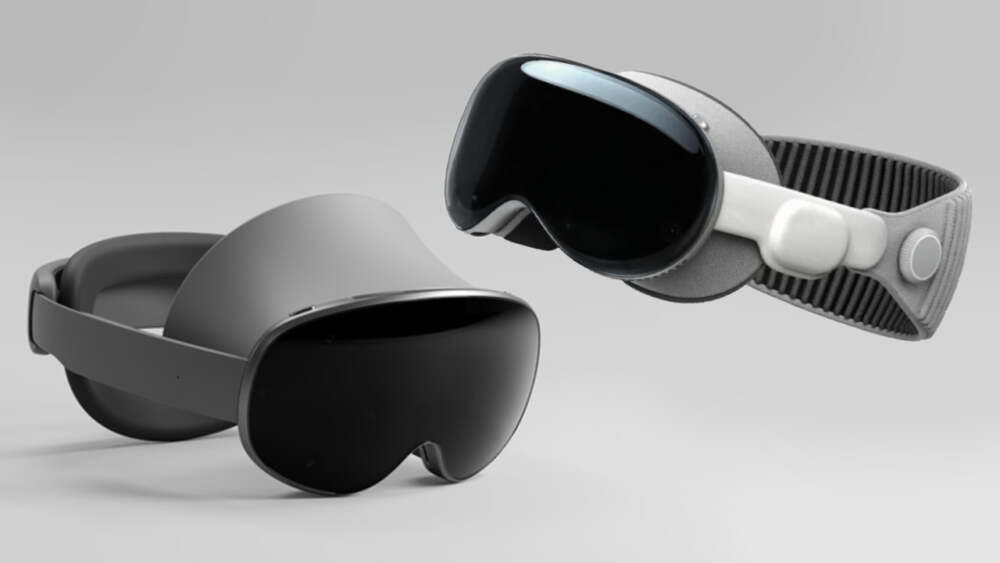


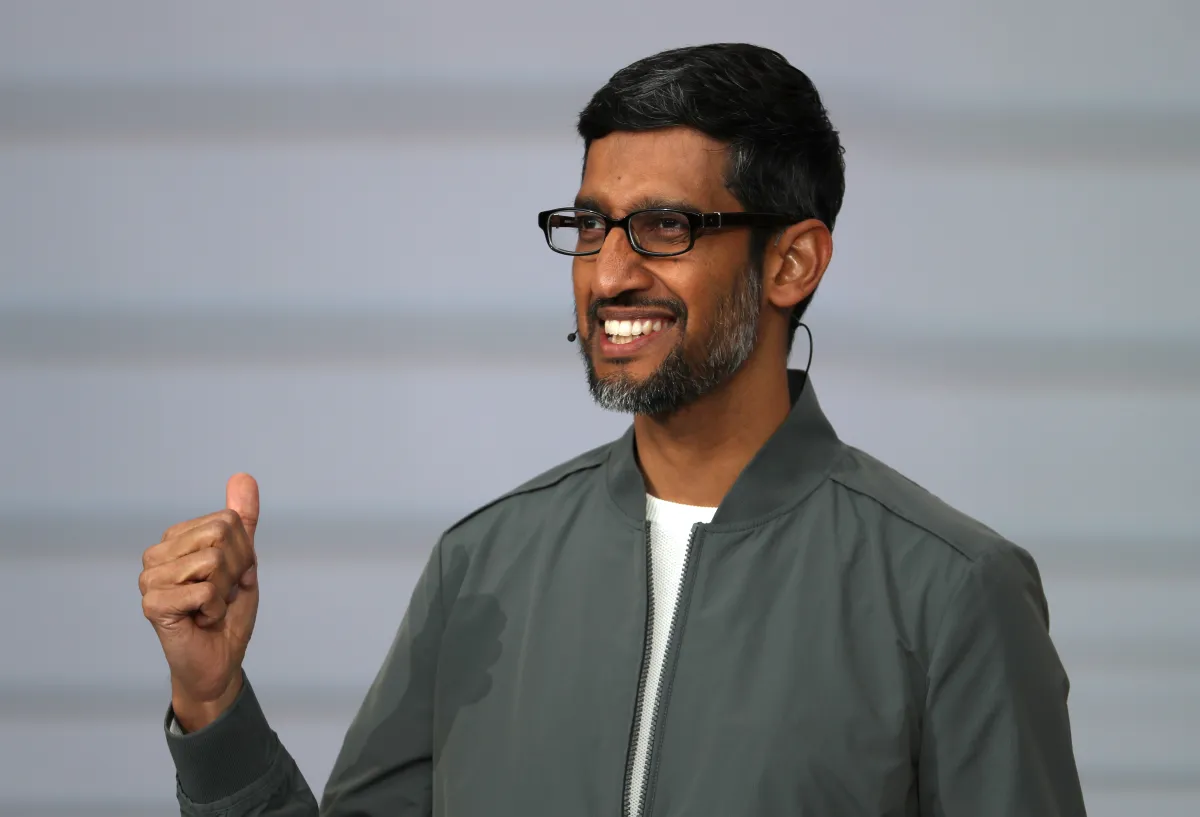


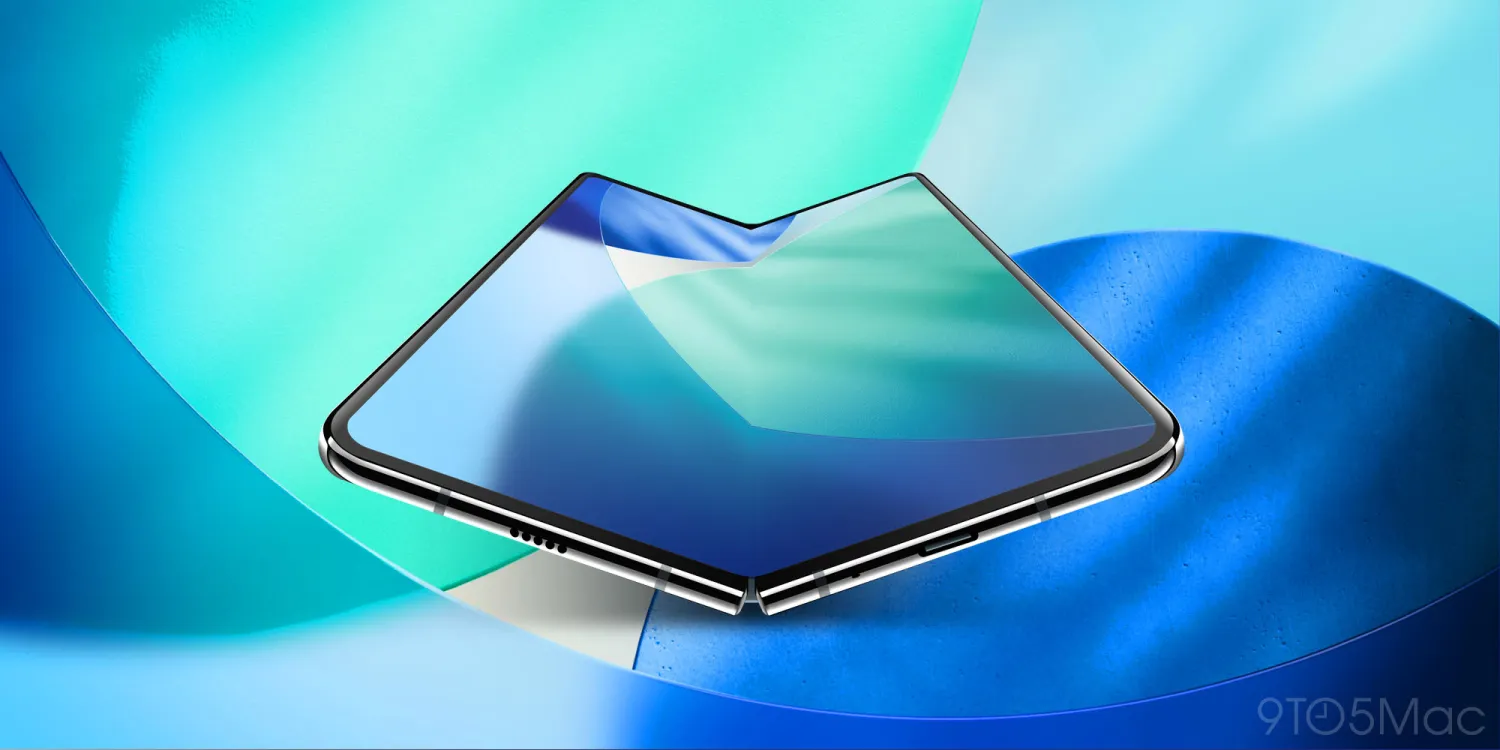
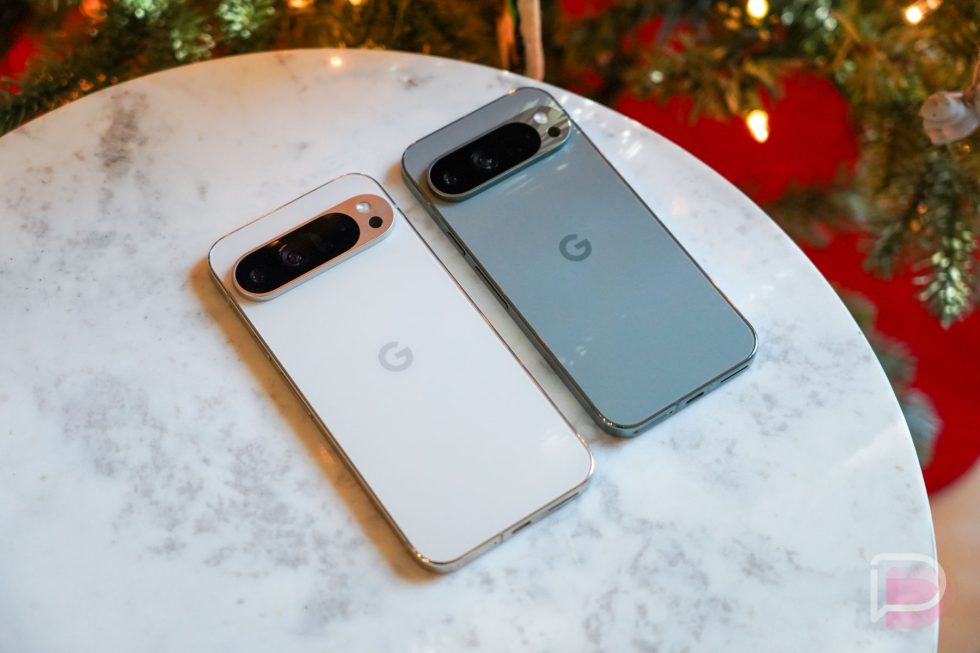
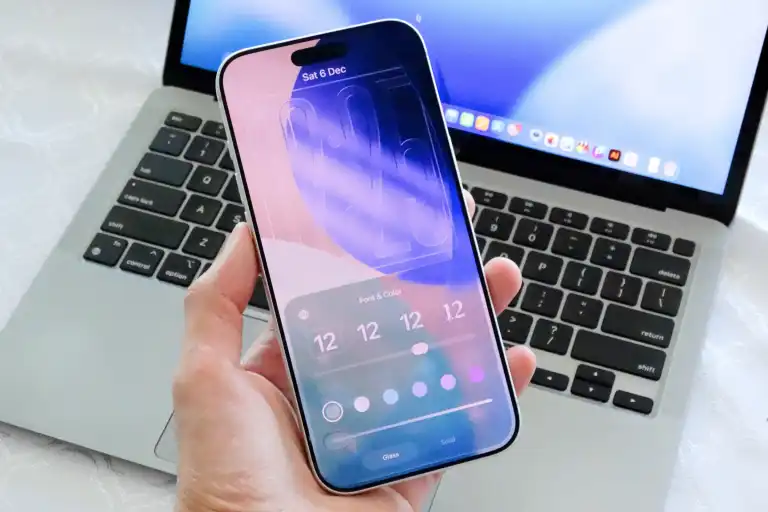
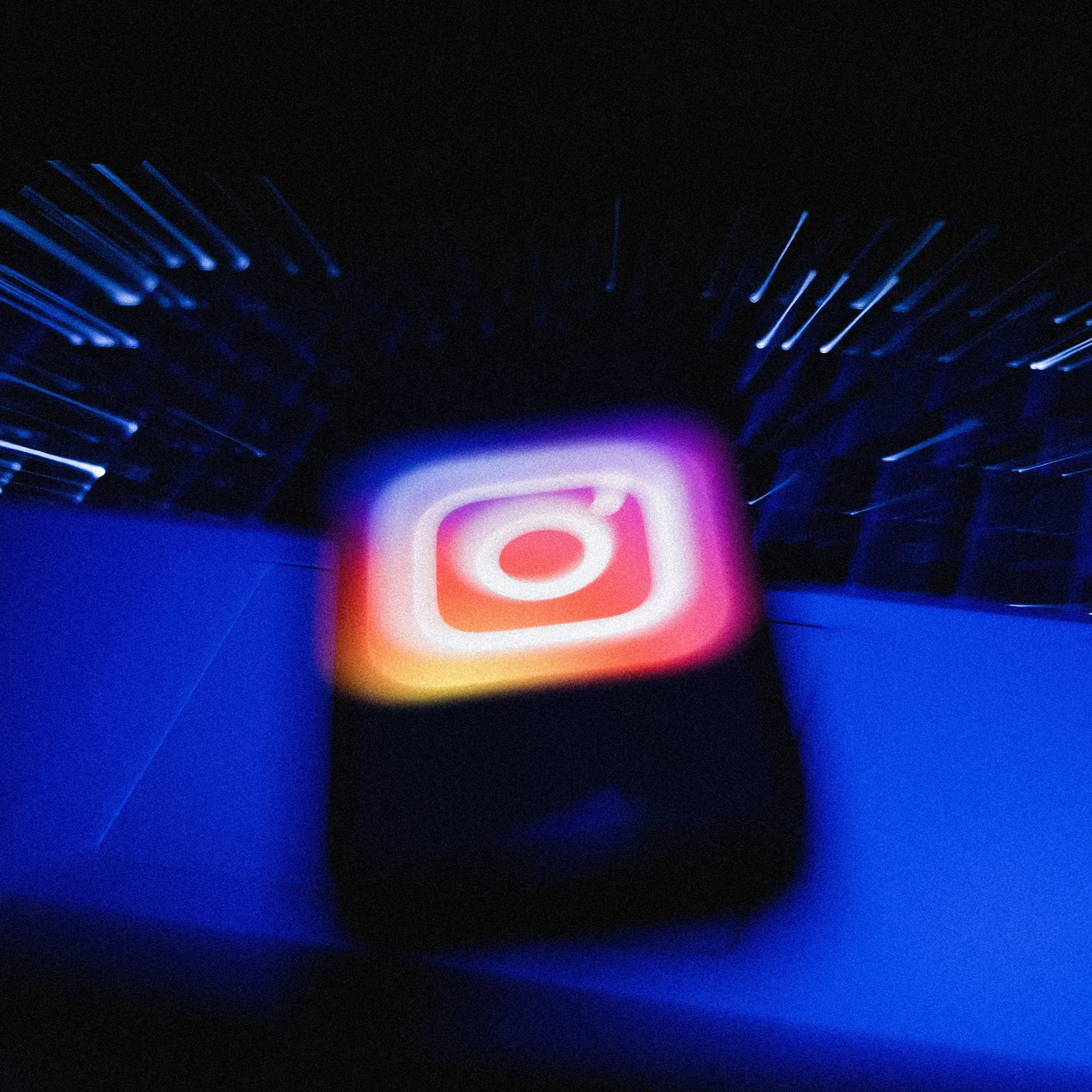

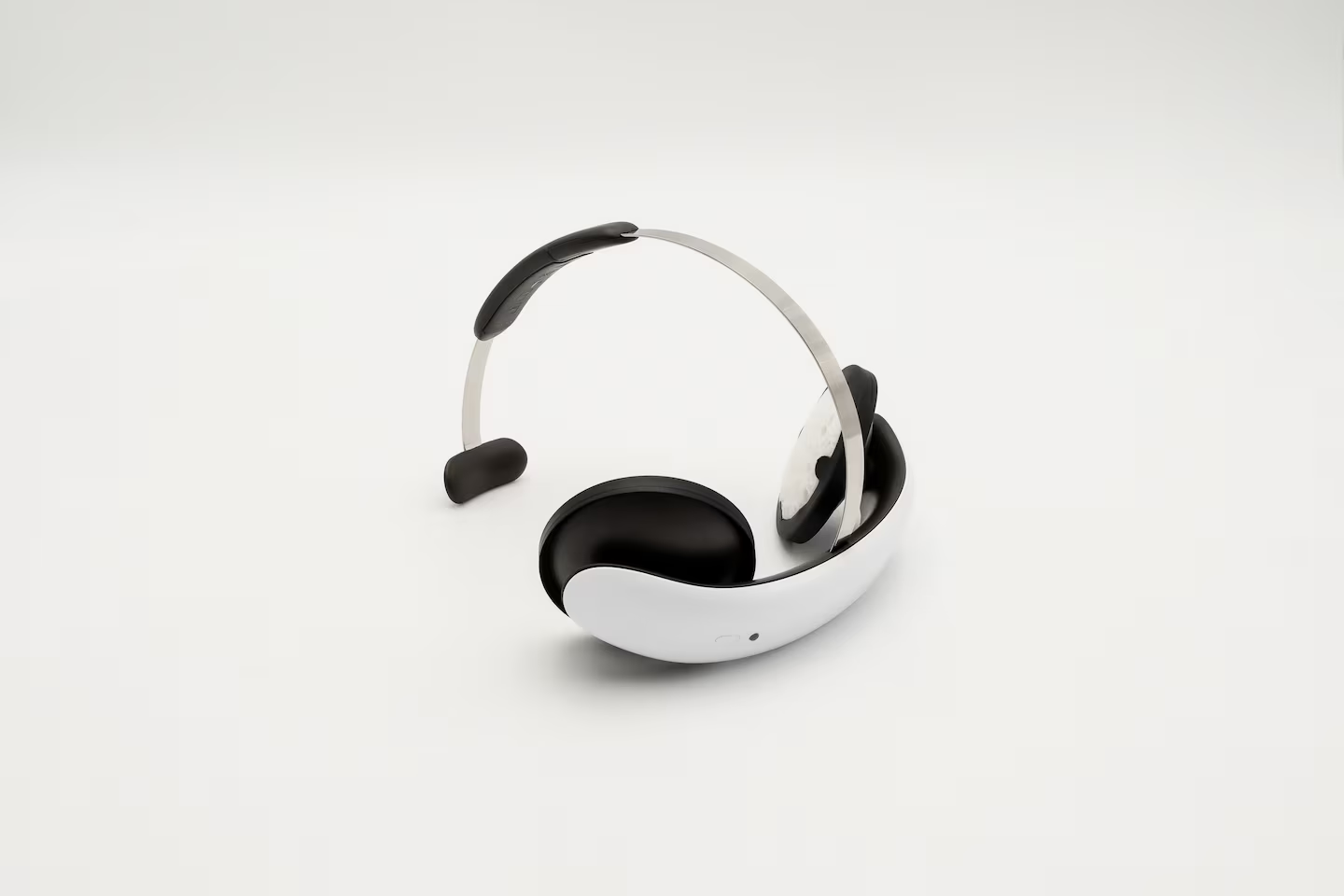
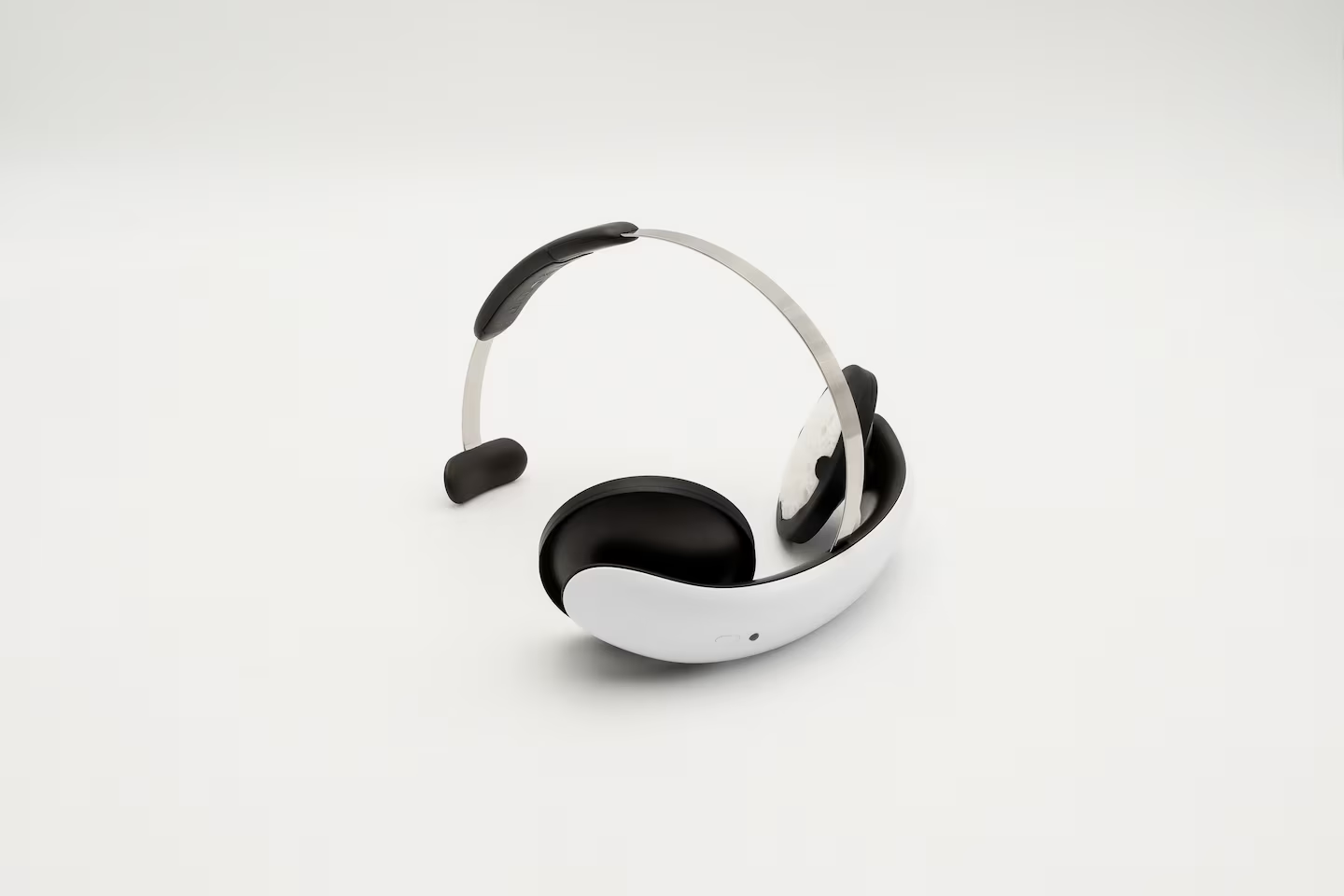

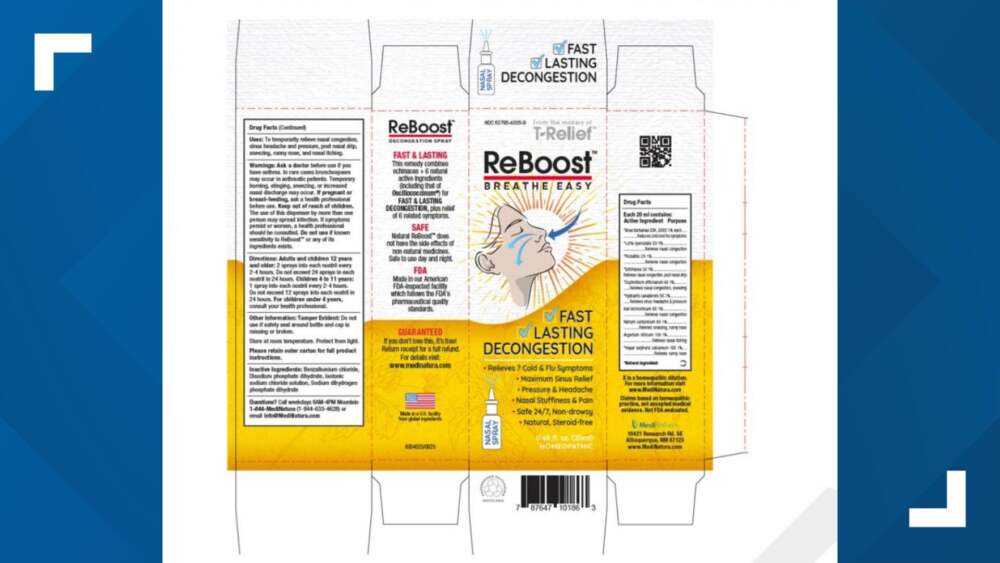
Leave a Reply